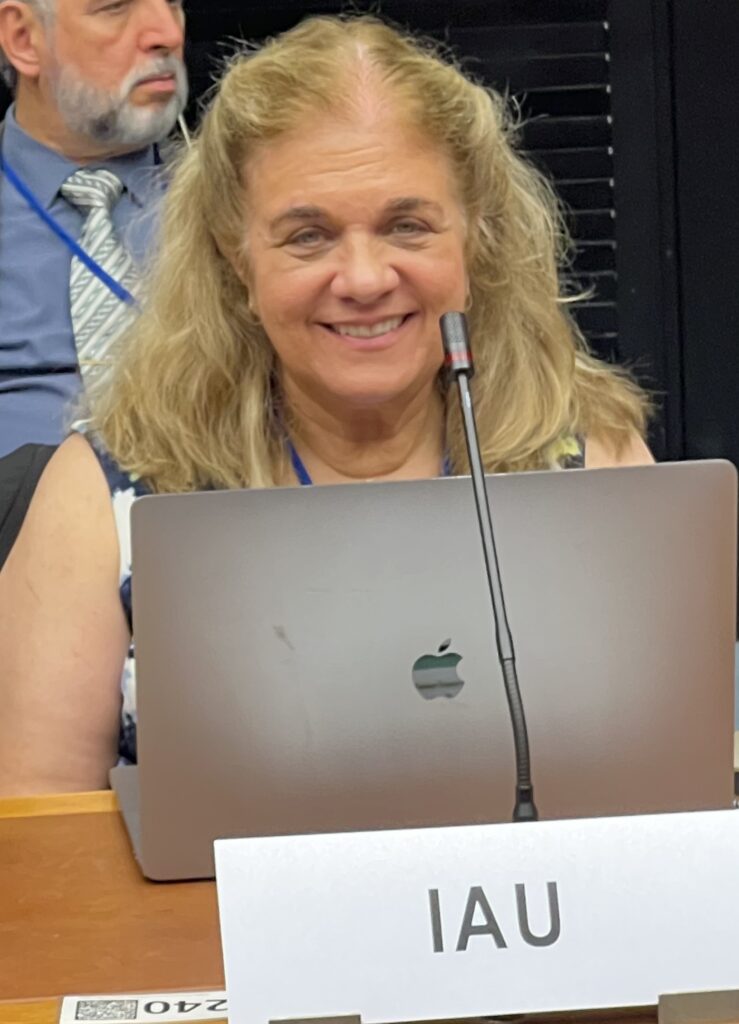Itziar Aretxaga
Itziar Aretxaga is a C-class researcher and holds a level equivalent to Full Professor at the Mexican National Researchers’ System. She is also a member of the Mexican Academy of Sciences and fellow of the World Academy of Sciences of UNESCO. She served as deputy director (2016-2018) and currently she serves as director of the International Schools for Young Astronomers (ISYA) of the Office for Young Astronomers of IAU, a 57-yr old flagship program devoted to reduce the research gap of the developing world. Her research focuses on starbursts in high redshift galaxies and Active Galactic Nuclei.
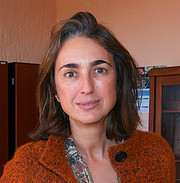
Zainab Awad
Zainab Awad is a professor of astrophysics at the astronomy, space science and meteorology Dept. – faculty of science – Cairo University (CU), Egypt. She graduated from CU with a BSc degree in Physics and Astronomy, in 2002, where she also obtained her MSc in Astrophysics in 2005. In 2010, she received her PhD degree from UCL (the UK) in Astrophysics. She joined Cairo University as TA in 2002 and since then she works there and she finally became a professor in 2023. Throughout her career, her research focused on the chemical evolution of the ISM near/around low-mass star forming regions.
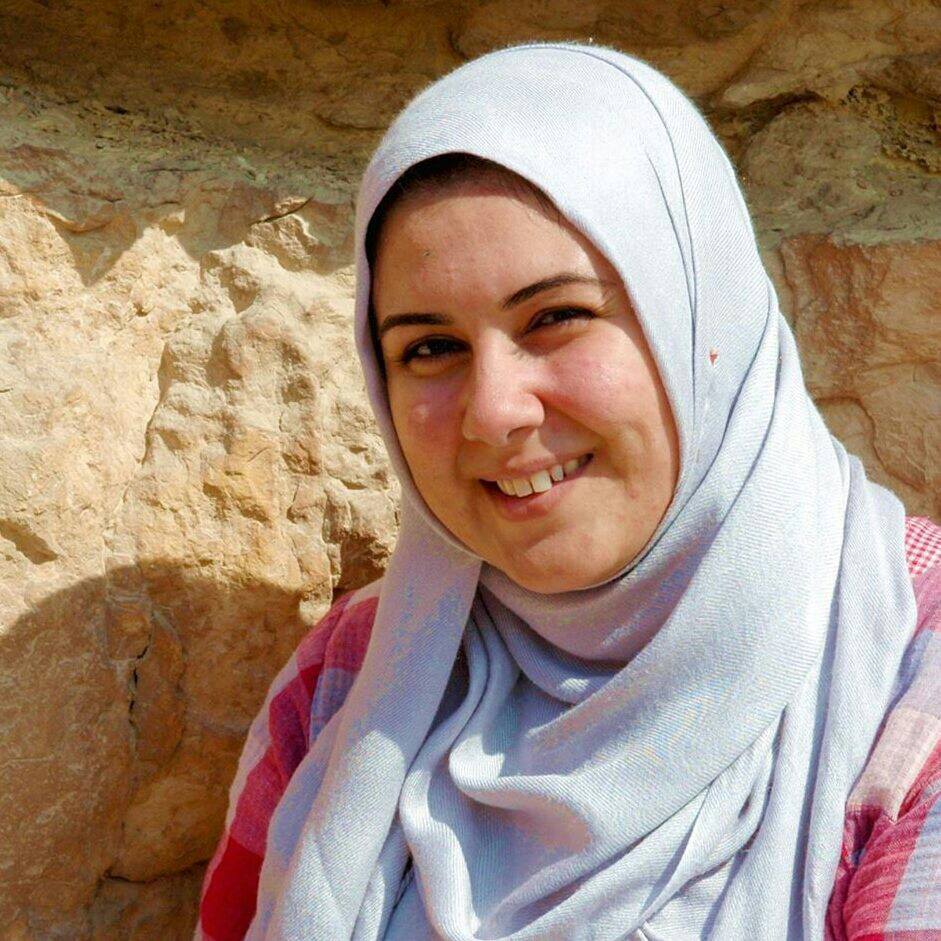
Zouhair Benkhaldoun
Zouhair Benkhaldoun, is an astrophysicist with dual PhDs in Astrophysics and Energetics, co-founded Morocco’s first Astrophysics laboratory in 1985. He established the High Energy Physics and Astrophysics Laboratory (LPHEA) in 1999 and led the creation of Morocco’s first professional Astronomical Observatory at Oukaimeden in 2007. Benkhaldoun spearheaded the Amateur Astronomy Association in 1999 and championed Morocco’s selection for the European Extremely Large Telescope site testing. Serving as President of multiple astronomical committees, he actively combats light pollution through the Atlas Dark Sky Foundation. With over 300 publications, including groundbreaking work on the “TRAPPIST-1” exoplanet system, his scholarly impact resonates globally.
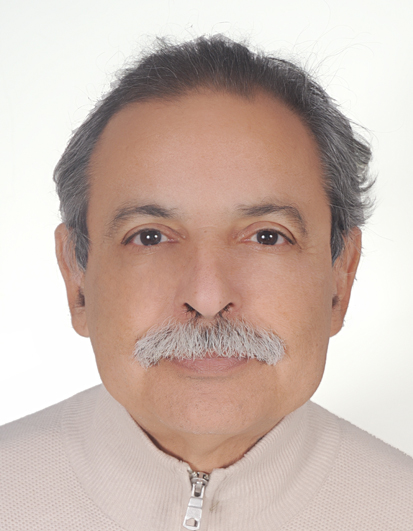
David Buckley
David Buckley began his career as a Post Doctoral Fellow at UCT in 1988, after completing a PhD at the Australian National University and prior to that, a Masters degree at the University of Canterbury, New Zealand. He then moved to the South African Astronomical Observatory in 1991 as a staff astronomer and was Project Scientist for the Southern African Large Telescope (SALT) and first SALT Astronomy Operations Manager and Science Director. David was responsible for the initial site selection and characterization for SALT. He is an expert on optical telescopes and instruments and has served on several external review panels for international telescope projects. He is currently Principal Investigator on the SALT transient follow-up programme, where his research focuses on multi-wavelength studies of compact binary stars. Over his career he has authored or co-authored 335 refereed papers, with over 13,200 citations. David is a member of the Science Committee for the African Astronomical Society and a Lead Investigator for the BRICS astronomy flagship programme, which involves the networking of telescopes across the BRICS partnership. He is currently contracted to SALT, where one of his responsibilities includes being Principal Investigator for the upgrade project for the SALT Robert Stobie Spectrograph.

Federico Di Vruno
Federico Di Vruno is head of the Spectrum Management group at the SKA Observatory and Co-Director of the IAU Centre for the Protection of the Dark and Quiet Sky from Satellite Constellation Interference. Federico has a background on electrical engineering, and radio frequency measurements and interference.
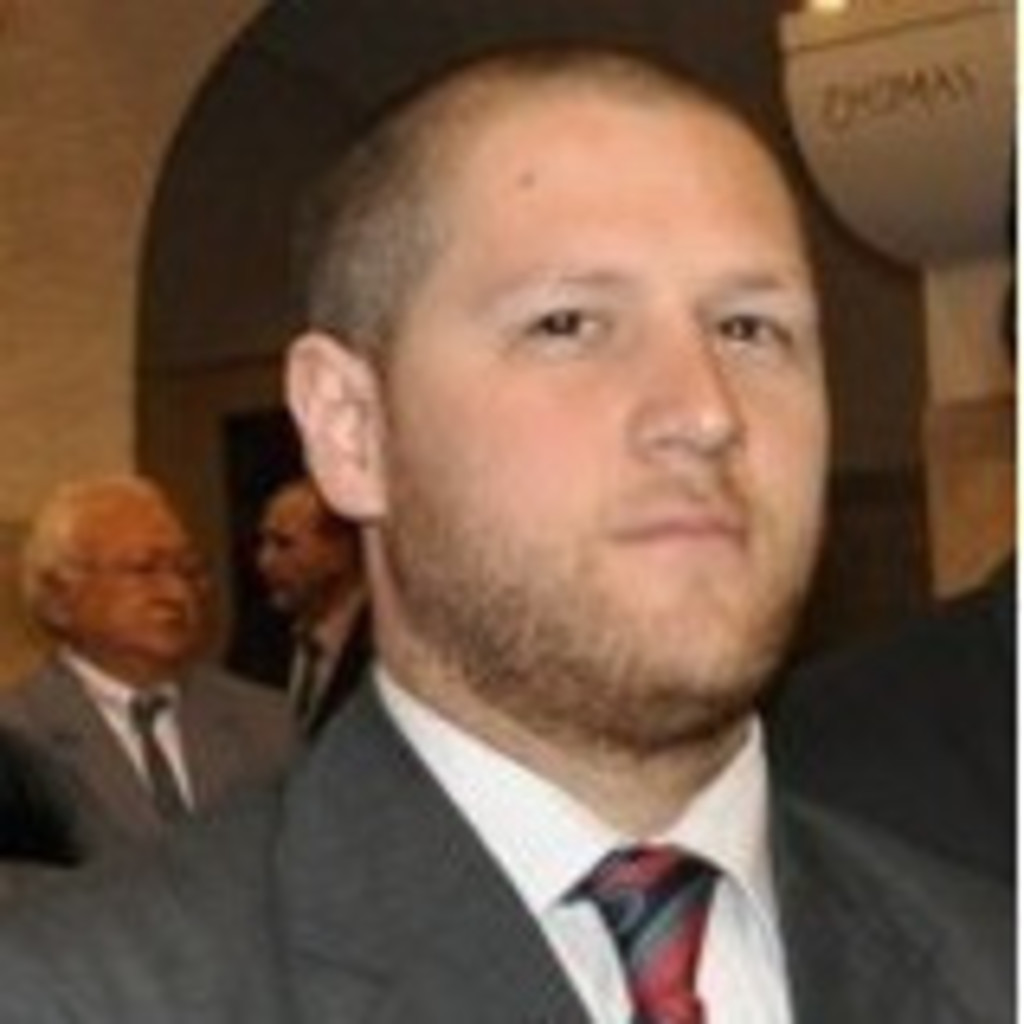
Edward Graham
Edward Graham (online profile ‘eddy weather’) is an atmospheric scientist based at the remote University of the Highlands & Islands, Scotland. His research specialities include climate reanalyses, clouds and water vapour, as well as the many meteorological aspects of astronomical site testing and characterisation. After completing his PhD on “Site Selection for Extremely Large Telescopes” in Switzerland in 2008, over the years he has worked and collaborated with ESO, the LSST, SAAO, TMT, the IAC and others. During the past decade and a half, he has been closely involved with the search for an astronomical site in Kenya project. He is also Editor-in-Chief of the Royal Meteorological Society’s house journal, Weather.
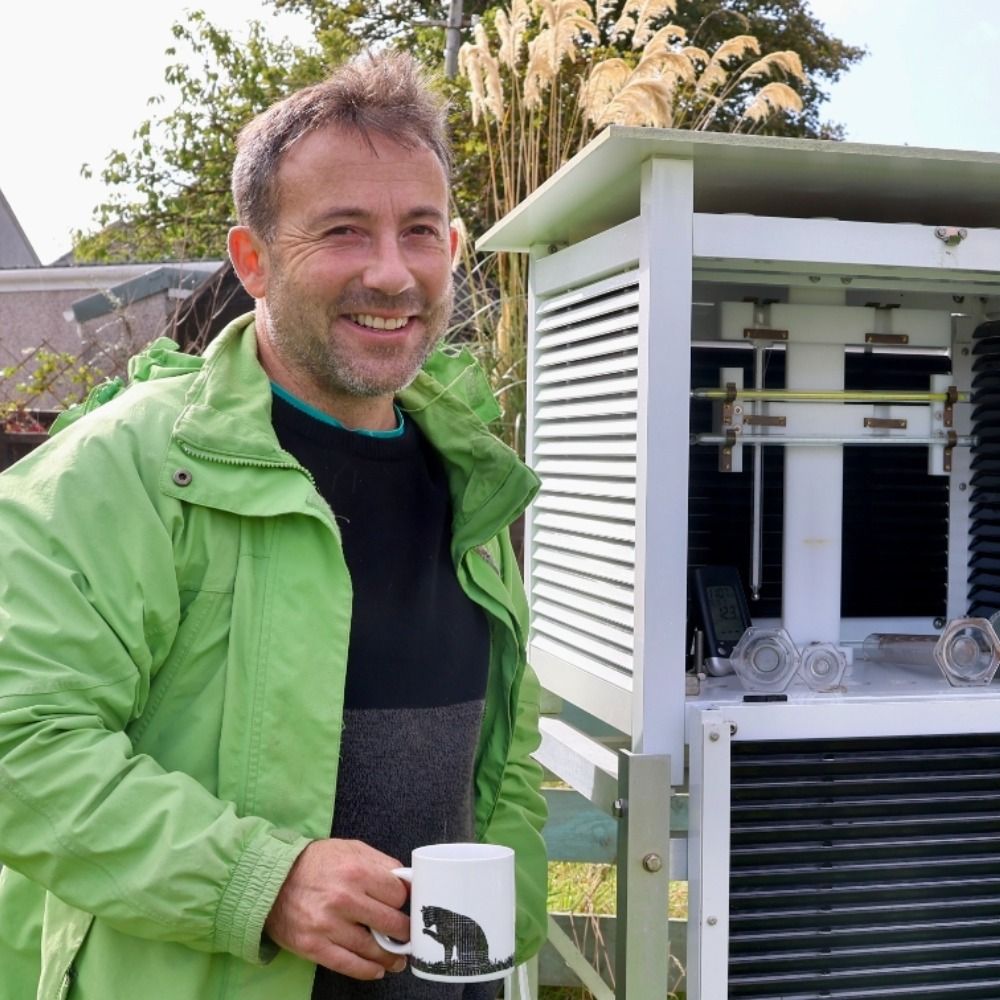
Myungshin Im
Myungshin Im is a professor of Astronomy Program at Seoul National University (SNU) in Korea, and the director of the SNU Astronomy Research Center. After obtaining his Ph.D. at Johns Hopkins University in 1995, Myungshin Im has worked at the Space Telescope Science Institute, the Lick Observatory, and the Spitzer Science Center/Caltech before joining SNU as a faculty member. He works on various subjects such as the galaxy evolution, quasar survey, and the network of small to medium-sized telescopes for time-domain astronomy.
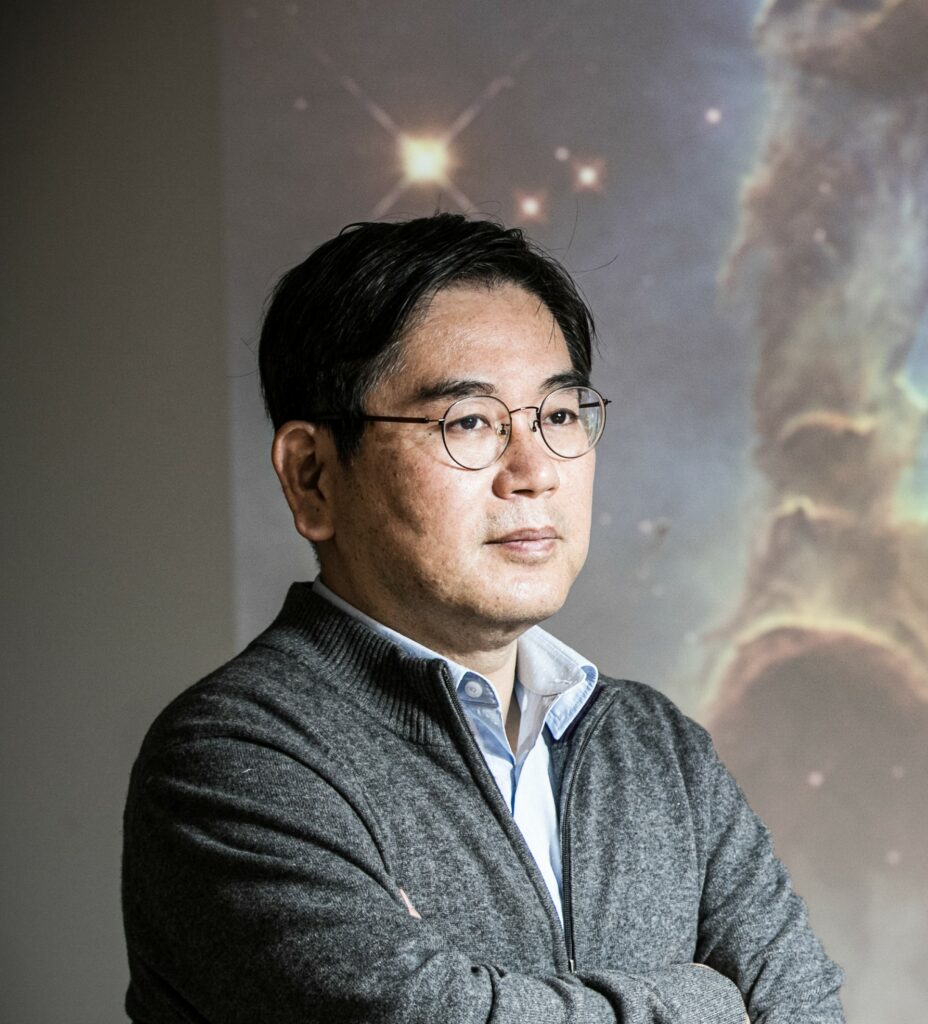
Yumiko Oasa
Yumiko Oasa is an associate professor at Saitama University, where she is affiliated with the Faculty of Education, the Graduate School of Education, and the Graduate School of Science and Engineering. After earning her PhD from the University of Tokyo, she has contributed to the Japan Aerospace Exploratoin Agency (JAXA), Kobe University, Taiwan Normal University, and Saitama University. Her research interests encompass both astronomy and astronomy education, with a primary focus on star and planetary formation. Notably, she was the first to discover “planetary-mass objects, so-called free-floating planets”.
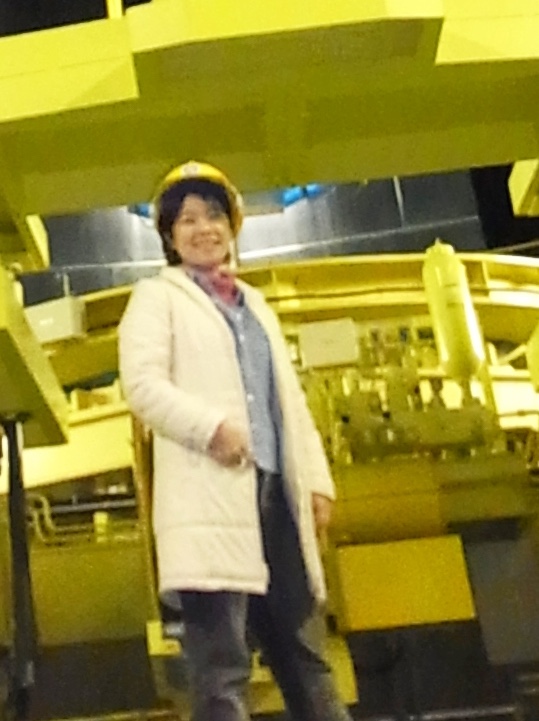
Mirjana Povic
Mirjana Povic is a Serbian-Spanish astrophysicist, working as a professor at the Space Science and Geospatial Institute in Ethiopia. Her main research interests are galaxy formation and evolution. In addition, over > 15 years, she worked on development in astronomy, science, and education in different parts of Africa. She received several awards and recognitions for her scientific achievements and contribution to society, in particular for her work in Africa. She believes that through education, science, and technology we can combat poverty in the long-term and make our world a better place for everyone, regardless of where the children are born.
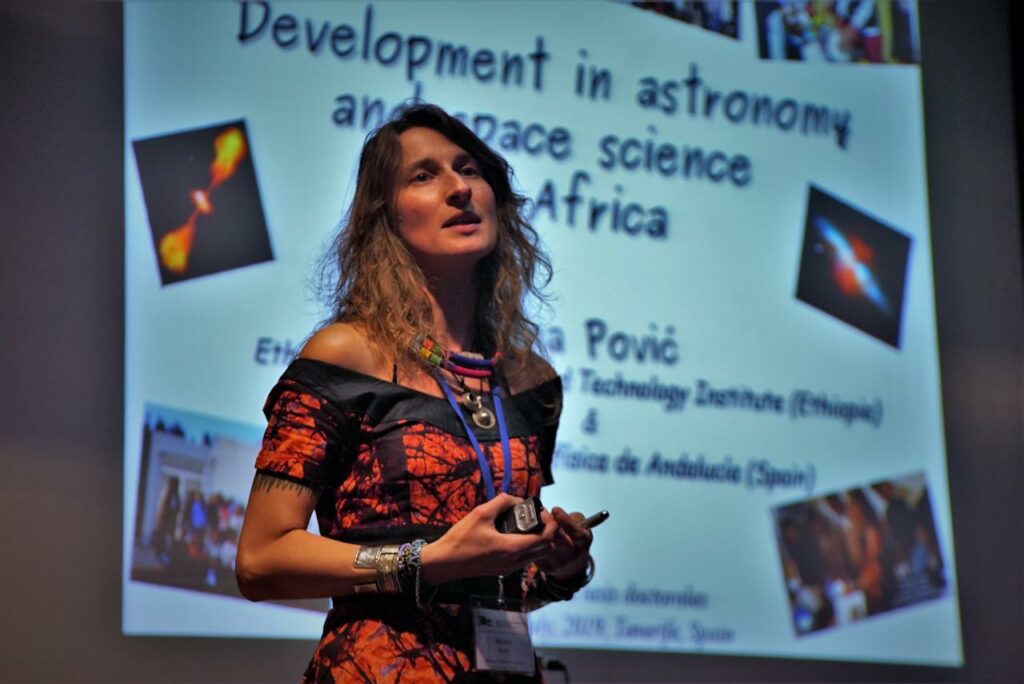
Ramotholo Sefako
Ramotholo Sefako is an astronomer and Head of Telescope Operations at the South African Astronomical Observatory (SAAO). He has a Ph.D. in astrophysics from Northwest University, South Africa. He is a member of the IAU Organizing Committee of Inter-Division B-C Commission: Protection of Existing and Potential Observatory Site, and a member of the Executive Committee WG: Dark and Quiet Sky Protection. His responsibilities at SAAO include protection and preservation of the dark skies at SAAO’s observing station near Sutherland against light and dust pollution, working with Astronomy Management Authority (AMA) within the South African Department of Science and Innovation (DSI).
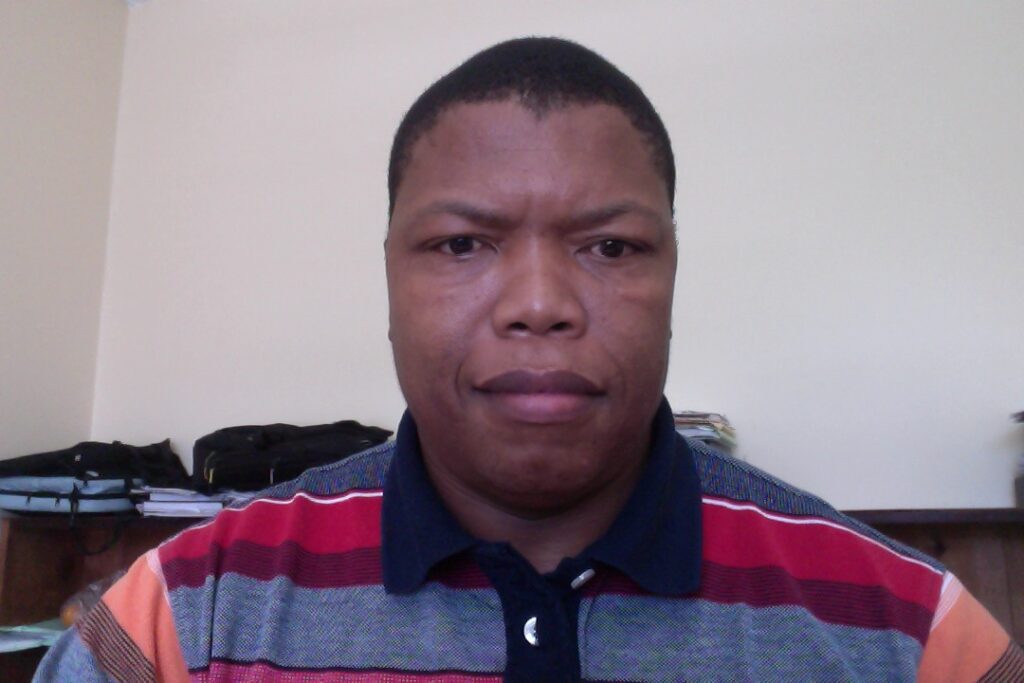
Warren Skidmore
Warren Skidmore has worked on TMT since 2002. From 1995, he studied Cataclysmic Variables. He was a leader in the TMT site testing team, developing and running robotic instrument systems at several candidate sites. Warren supported the TMT design engineers. He works closely with the international astronomical community to develop the motivating science cases for the TMT observatory and with the instrument development and Systems Engineering teams to ensure that the TMT observatory will be built to provide the capabilities that astronomers need to carry out cutting edge science for decades to come.
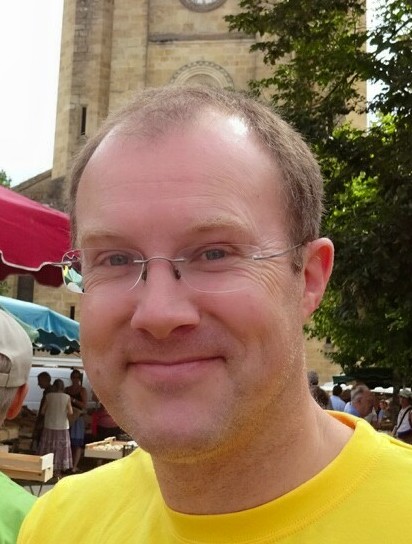
Connie Walker
Connie Walker has been a Scientist at NSF’s NOIRLab for 23 years. She is involved with light pollution issues, heading its Office of Observatory Site Protection. She has leadership roles within the American Astronomical Society COMPASSE group, the IAU Commission B7 on Site Protection, the IAU Executive Committee WG on Dark Skies Protection, and DarkSky International. In 2020, 2021 and 2023, she co-chaired five conferences focusing on the impacts of satellite constellations and artificial light at night. As of April 2022, she was appointed co-director of the IAU Center on the Protection of the Dark and Quiet Sky from Satellite Constellation Interference. …Her family tolerates her interest in the dark side.
